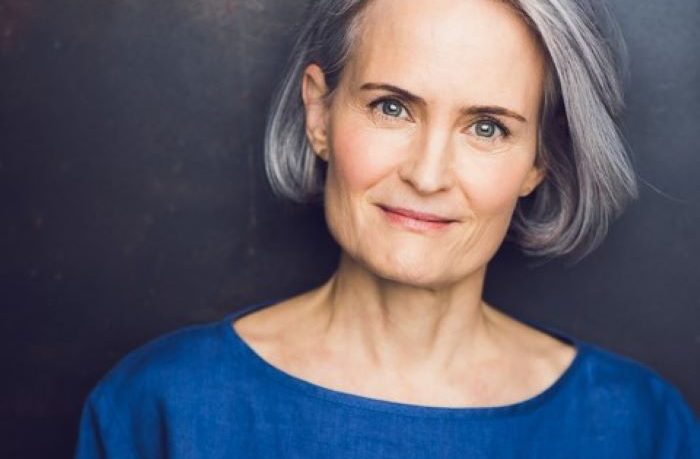Miranda Massie, founder of The Climate Museum located in New York, shifted her focus from civil rights to environmental justice. The museum aims to raise awareness about the climate crisis and the intersection of racial inequity and environmental law.
What led you to found The Climate Museum?
Initially, my first career chapter was as a civil rights and racial justice trial litigator. I then shifted my focus from education and employment, which are more traditional areas for civil rights litigation, to the environment and a field called environmental justice. This field examines the intersections between racial inequity, environmental law and policy. While doing this work back in New York, the climate crisis kept tugging at my conscience and trying to get my attention. The idea of a museum dedicated to climate came to me, and I discovered that there wasn’t a climate museum in the U.S.
What is the “The End of Fossil Fuel” exhibition aboput?
First, it highlights how the fossil fuel industry operates fundamentally on racism and dishonesty. Second, it showcases the incredible achievements of environmental and climate justice leaders, particularly leaders of color, who have fought against the industry and achieved inspiring victories. Third, it emphasizes that everyone has a role to play in this fight, regardless of age, race or class. It is a fight for our lives.
How are corporations specifically targeting certain demographics?
A study in 2021 showed that the quality of the air you breathe in the U.S. is predicted more by race than by income or any other factor. This means that the air quality is influenced by race, which is despicable and disgraceful. The fossil fuel industry plays a direct role in this through its toxic and dangerous operations to extract and burn fossil fuels. They disproportionately locate these facilities in Black communities and other communities of color. This is not an accident. Fossil fuel companies intentionally place their operations in these communities, either believing that the people living there deserve less or that they are less capable of fighting back effectively.
How can we fight back as a community and make this a movement that involves the government?
The key takeaway from the exhibition is that we all need to become advocates for climate justice, recognizing the intersection between climate and social justice. It’s important to understand that there is a supermajority for climate justice in the U.S. Additionally, we need to break the climate silence in our culture by starting conversations about climate, racism and related topics. Lastly, we need to use our voices in the public sphere. Climate is a major civil rights and social equality issue and progress has been made in the past by raising our voices together.



